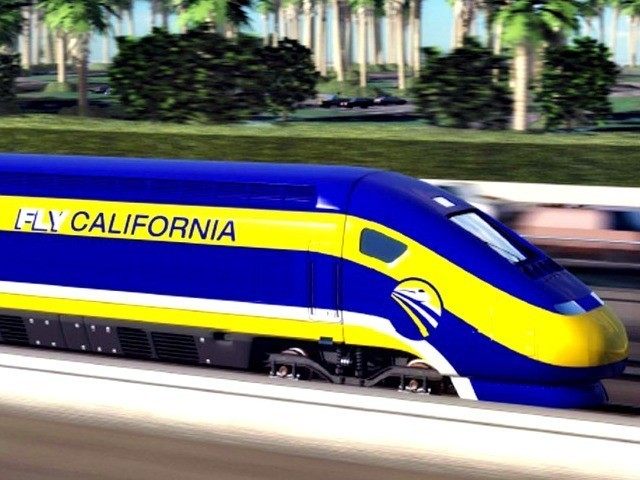On Tuesday, the California High-Speed rail project will finally start construction of the route, when crews will start building the viaduct allowing the train to cross the Fresno River, Highway 145 and Raymond Road near Madera. The construction will start three years after the date initially estimated by the rail authority.
The rail line faces formidable challenges as it looks to the future, whether financial, political, or legal.
The financial obstacles start with $2.2 billion in federal stimulus money that can only be used by the rail authority if it is spent before Sept. 30, 2017 on construction in the San Joaquin Valley. Any funds left unspent must be returned to the Federal Railroad Administration.
The state has been desperately trying to purchase or obtain land for the train’s right of way, but the process has been so slow that the consortium of Tutor Perini/Zachry/Parsons, hired to build the Fresno-Madera section in 2013, won’t start until this month or July, as Ron Tutor, CEO of Tutor Perini Corp., said in February.
In May, Tutor said, “California high-speed rail has generated virtually no cash flow because all we’ve been doing is designing and engineering and meeting and scheduling,” according to the Fresno Bee.
High-Speed Rail Authority CEO Jeff Morales admitted that the right-of-way problem “is the single biggest risk for us, risk defined as potential delay or cost increase.” The rail authority acknowledged on Friday that it has obtained legal possession of only 257 of 1,079 properties that it requires for the first two construction sections.
Dan Richard, chairman of the High-Speed Rail Authority, insisted to the Bee, “I can’t sit here and say I know where every dime is coming from, but we have a good idea of where about three-quarters of it is coming from.” Richard claimed funds could be derived from California’s cap-and-trade program as well as private investment and seemed unfazed by the Sept. 30, 2017 deadline.
“As we move into (the second contract), we’ll see burn rates that are doubling and tripling because we’ll be working on different parts of the 120 miles at the same time,” he said.
But the rail authority may face the prospect of losing the federal money not only from its own lugubrious pace, but opposition from Congress, where GOP members have harshly criticized the high-speed rail project. Last week, the House, led by Rep. Jeff Denham, R-Turlock, and Rep. Doug LaMalfa, R-Richvale, passed an amendment to HR 2577, a transportation funding bill that would prevent the Federal Railroad Administration from advancing funds to California, reclaim funds that have been sent already, and force the rail authority to find $2.3 billion this year to continue the project.
The rail project also faces legal challenges; Kings County, Hanford resident Aaron Fukuda and farmer John Tos filed suit alleging that the train will never be built from downtown San Francisco to downtown Los Angeles and cannot be constructed without public subsidy. They also assert that plans for commuter rail tracks in the Bay Area are different from the initial plans voters approved. In addition to their suit, four other lawsuits have challenged the route chosen by the rail authority from Fresno to Bakersfield.

COMMENTS
Please let us know if you're having issues with commenting.